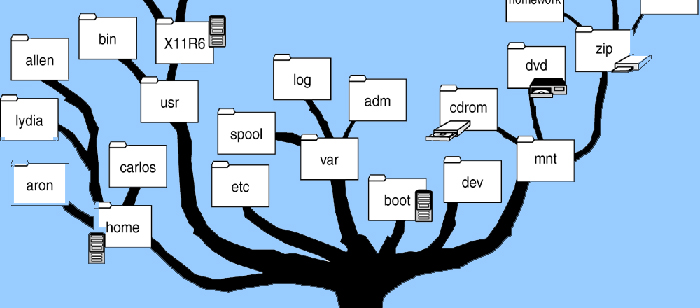
Dynamically Reconfigurable Layered Filesystem (DLFS)
Dr. John Dorband
Research Associate Professor
Computer Science and Electrical Engineering
University of Maryland, Baltimore County
1:00pm Friday, 8 March 2013, ITE 227, UMBC
The standard filesystem paradigm is based on a hierarchy of directories and files. The Dynamically reconfigurable Layered Filesystem (DLFS) adds a new dimension to filesystem organization that of filesystem layers and the ability to make custom configuration of them. The DLFS filesystem consists of many layers where each layer is mounted transparently on the root, ‘/’, directory. It is dynamic in the sense that every user can have a customizable list of layers that are included in a personalized view of the filesystem. We present in here the concept of a dynamically reconfigurable layered filesystem. We also present how it can be used, such as how it facilitates security and system management.
Dr. John E. Dorband received his PhD in Computer Science from Penn State University in 1985. He worked for NASA GFSC from 1985 until 2007. He currently is a Research Associate Professor at UMBC. Dr. Dorband was one of the builders of the first Beowulf system, constructed at GSFC in the fall of 1994. In the 80’s, he pioneered work in the generalized use of extremely parallel SIMD fixed-routing grid architectures through the use of sorting to implement generalized routing methods. This facilitated such application areas as image processing, graphics rendering, symbolic processing, database operations, and other irregular applications on parallel architectures that lacked generalized routine hardware. Dr. Dorband has been an innovator in the area of parallel programming language paradigms as a means of simplifying the implementation of applications on parallel computers. His professional specialties include designing and prototyping high-performance computer architectures; designing and implementing languages for simplified implementation of applications on parallel computers; designing and implementing algorithms for parallel computers; applying highly parallel architectures to image processing, signal processing, and data processing; and applying highly parallel architectures to computational science.